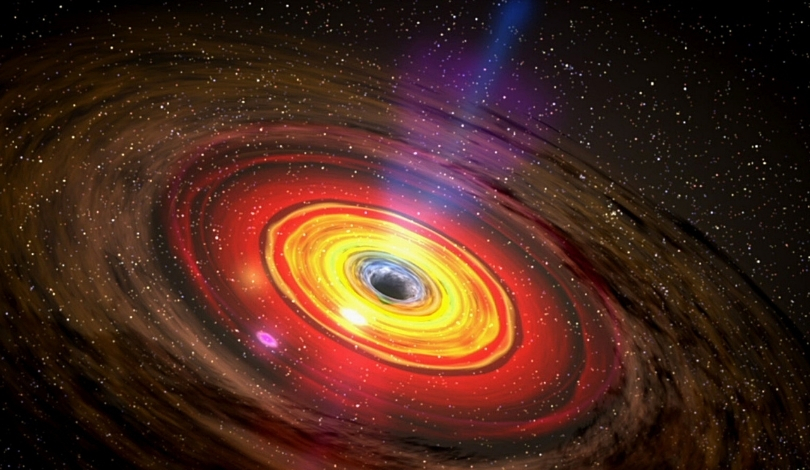Magnetars, a class of neutron stars, are renowned for their exceptionally strong magnetic fields, sometimes a thousand times more intense than typical neutron stars. Recent research has made significant strides in understanding how these celestial giants generate such formidable magnetism. The findings not only deepen our comprehension of neutron star dynamics but also pave the way for future studies in astrophysics.
Previously, theories suggested that magnetars rely on dynamo processes driven by heat convection, similar to Earth’s iron core. However, neutron stars differ significantly since their cores consist of nucleons instead of atoms, presenting challenges in defining their dynamo mechanisms. Recent advances introduce alternatives that better align with observed magnetar behaviors.
What Are Low-Field Magnetars?
Low-field magnetars possess weaker magnetic fields compared to typical magnetars yet still emit bursts of X-rays and gamma rays. This unexpected activity suggests that their magnetic fields occasionally intensify significantly, raising questions about the underlying mechanisms responsible for these sporadic emissions.
How Do Low-Field Magnetars Generate High-Energy Emissions?
The research team conducted extensive computer simulations of various dynamo models to identify which could account for the observed emissions from low-field magnetars. Their simulations pointed towards the Tayler–Spruit dynamo as the most plausible mechanism, which involves differential rotation within the star’s core to amplify the magnetic field.
What Is the Tayler–Spruit Dynamo?
The Tayler–Spruit dynamo mechanism relies on the differential rotation of a star’s core, where different layers rotate at varying speeds. This process can generate intense magnetic fields capable of producing the high-energy bursts observed in magnetars.
“Our findings indicate that the Tayler–Spruit dynamo plays a crucial role in the magnetic activity of low-field magnetars,”
a lead author stated in the study published in Nature Astronomy.
Understanding the dynamo processes within neutron stars like magnetars enhances our knowledge of stellar evolution and the extreme conditions present in the universe. The identification of the Tayler–Spruit dynamo as a key factor in low-field magnetar magnetic activity offers a new perspective on how these enigmatic objects sustain their powerful fields. Future research could explore the variations of dynamo mechanisms across different neutron star types, providing a more comprehensive picture of magnetic field generation in extreme environments.
- Magnetars are neutron stars with extremely strong magnetic fields.
- The Tayler–Spruit dynamo explains magnetic field generation in low-field magnetars.
- Research enhances understanding of neutron star magnetic activities.










